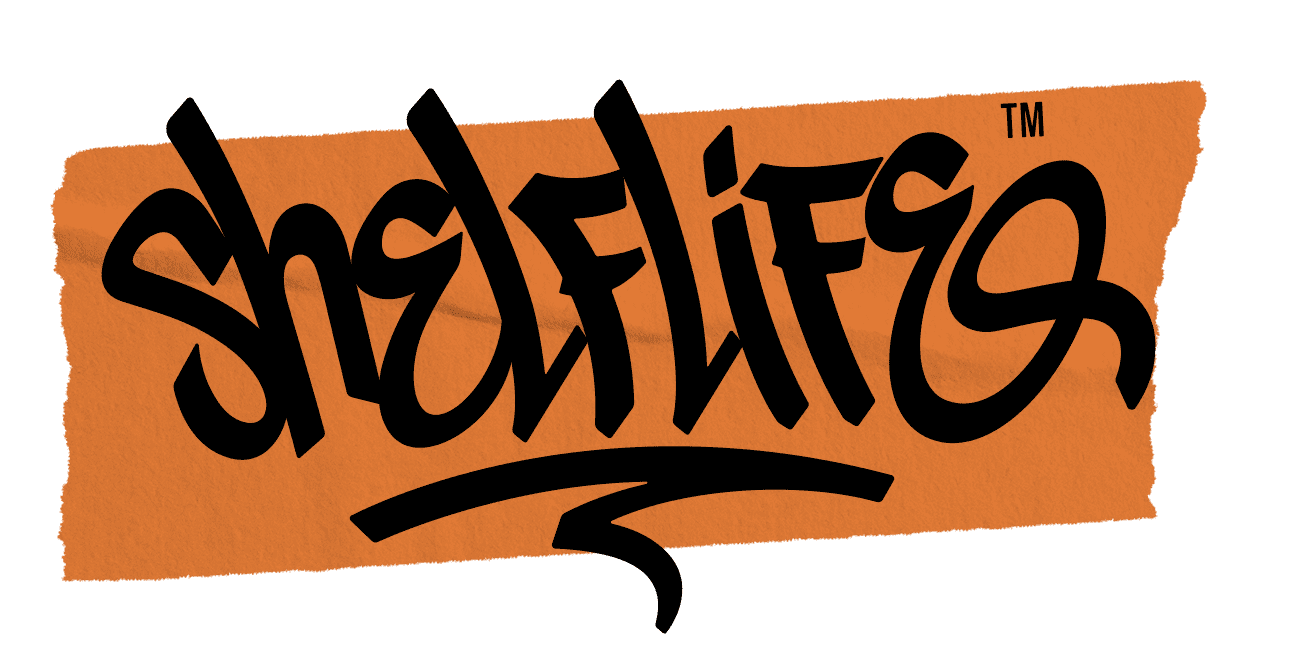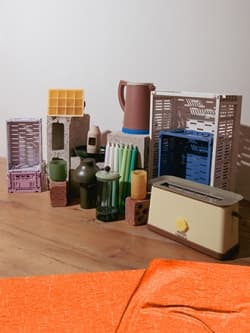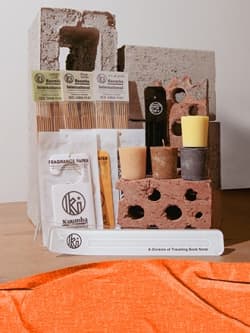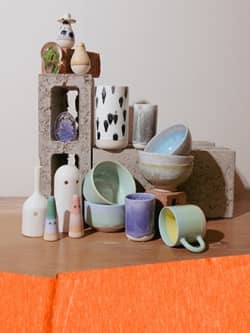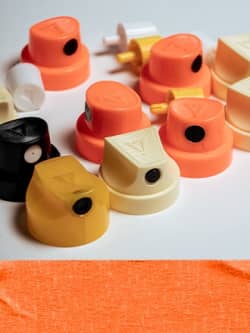Celebrating Air Max Day with Boemo Diale

The Nike Air Max 1 '86 'Big Bubble' is being released for the second time, the first as a mistake being way back in 1986. The first ever Nike Air Max that released in fact had the 'Big Bubble'. Because of a lack in technology at the time, and a short sited design flaw it meant that the larger bubble would crack in cold weather. The sneaker was quickly re-designed to have a smaller bubble and the bigger bubble models silently replaced.
The Nike Air Max 1 has become one of the most influential sneakers of all time. Acknowledging flaws, and using these to grew is a well mastered art. Some of the greatest accomplishments have come from what started as a mistake. The art of failing forward is a key element to the success and longevity of the Nike Air Max 1 '86.
We caught up with Boemo Diale who is an incredible multi disciplinary artist represented by Kalashnikovv Gallery. She has done many exhibitions and solo shows, is currently studying for a bachelors in film and television and is only 22 years old. Failing forward, learning from trial and error and grasping an incredible style aligned perfectly with the inspiration behind the original Big Bubble.




We have set up original art by Boemo Diale in both our Cape Town And JHB stores, which are on sale through Kalashnikovv Gallery, take a look at Boemo Diale's art works HERE
Where did you grow up?
I grew between Rustenburg and Johannesburg.
Where do you live?
I currently reside in Johannesburg.
Did growing up in your surroundings inspire and encourage you to create the art, and style that you produce today? If so what were some of the key factors?
My surroundings have inspired my art and style. Navigating rural and urban speaks a lot to how and where my characters are positioned. In earlier work I spoke about these liminal spaces, the between. My characters are often contorted into spaces “they do not belong”. Stylistically my work is often playful and a child-like reflection of some of my experiences growing up in rural Rustenburg.
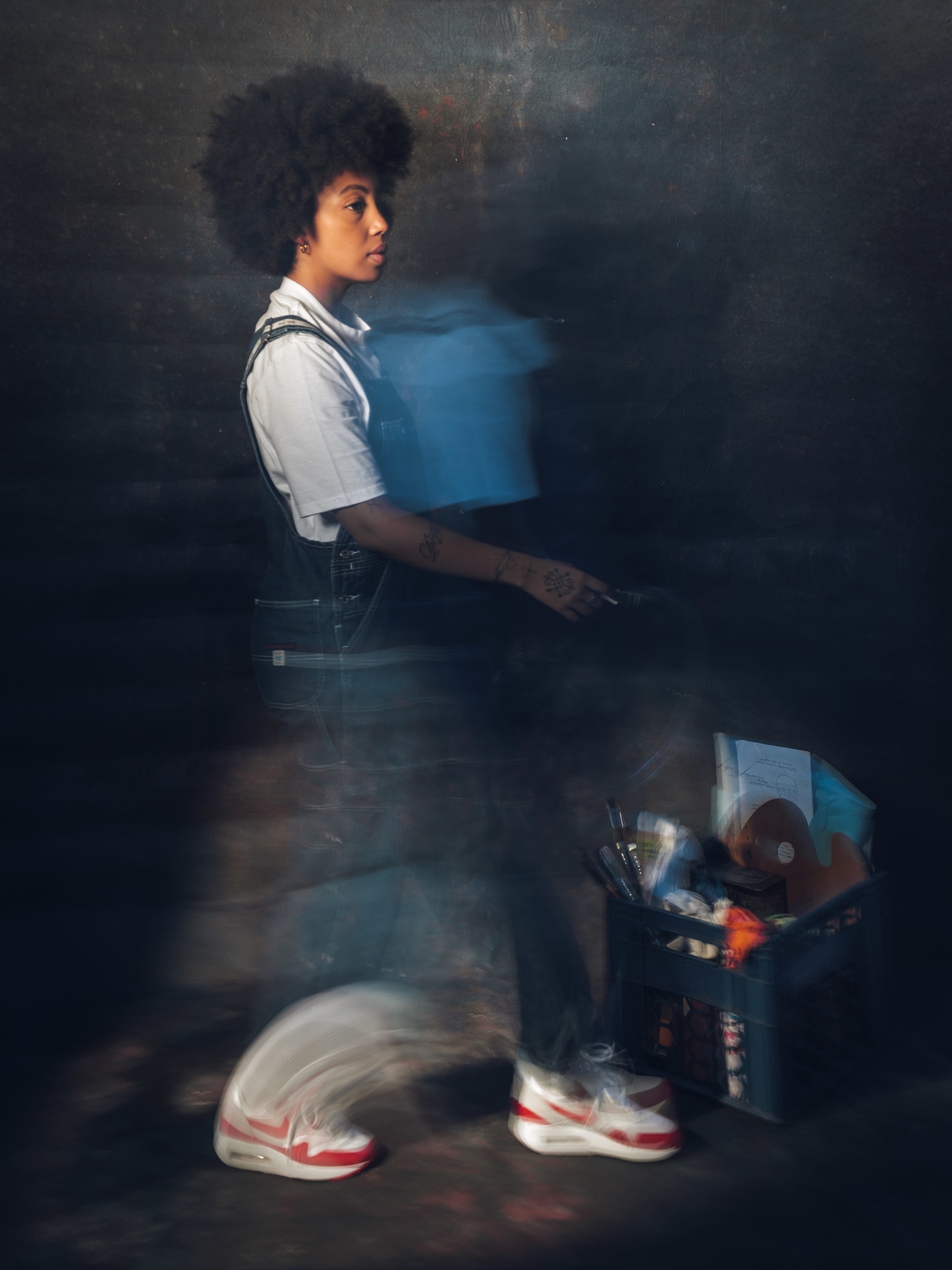



Did you have any formal art training that lead you to where you are today? Did you study art in school and graduate with art as a subject?
I did no do not have any formal art training, but I did art in high school and have been painting since I was little.
What are you currently studying, and do you feel this will encourage your art career moving forward?
I’m currently in my honors, studying Film and Television. Where my degree and career meet now I think there are ways I can use some of my existing narratives in a different medium, which I’m excited to do. A lot of my ability to tell stories comes from what I’ve learnt studying film. I think it’s important to be able to work in different ways, especially in the way our society is moving. I’m excited to use my skills to work with software and programs and tell my stories in a digital format.








How long ago did you know you wanted to be an artist? Was there a specific time in your life that there was an ah-ha moment, a specific life event or possibly a realisation?
I think I’ve always been an artist. I’ve been using art and creativity as both therapy and a pacifier to navigate most of my childhood and adolescent trauma. Only recently in the last year have I truly felt comfortable calling myself one. The word artist can be daunting but as I’ve began to grow confident in making, I’ve felt called to (in many ways) admit I’m an artist.
What are the biggest motivators for you to create art, what keeps pushing you to continuously refine our craft and explore new techniques?
My biggest motivator is expansion. Expansion of self, identity and community. The term and the feeling. I love what I do and in seeing myself grow through it makes my experience reflective and exciting. Experimenting with mediums and pushing myself to see if I can take a work to a point, it mimics exactly what I feel. Much of my work is a poetic, reflective exercise that pushes and pulls to and from my mother, grandmother and all those in-between. I have a few influences like Henri Matisse, Cassi Namoda, Daniel Morolong and Deborah Bell.




What do you feel is unique to the South African art scene, that is possibly not represented anywhere else in the world?
The South African art scene is immensely expansive. I think if anything is missing now, it will show itself soon. Perhaps two or three years ago I might have said woman are missing from the scene. Although they are present now, only recently have young black woman been prioritized.




If you could change one thing in the art world culture, what would it be?
If I could change one thing about the art world it would be gatekeeping. Any idea or preconceived wall that makes getting into the scene based on anything other than talent, merit and a decent work ethic.
What are your future goals as an artist? You have already been represented by an amazing gallery and done multiple shows which is incredible. What’s next?
My future goals as an artist would be to travel. I’m excited to see how my perspective changes when making work in different countries. I work predominantly with my senses, so how might working in a tropical or industrial setting affect my work? Collaborating with local and global brands to make wearable art and blowing up my work as murals to see it wear and age into buildings.




If you could choose one artist globally to work with who would it be and why?
It would be Kara Walker. She is one the most prolific artists of our generations. She works in printmaking and filmmaking. I’d be excited to see a merge of worlds in black silhouettes and I would especially have a lot to learn.
Everyone makes mistakes, especially early on in their careers, is there something that you made a mistake on but managed to grow past, a so called fail forward?
I’ve made mistakes in my career thus far. I think possibility rushing myself. It can be easy to compare and expect myself to be making prolific, refined and finished work so early on. I’m learning to allow my work to take its own form as I grow. I often tell myself “The fruit is worth the wait” and allow work to be a little bad before it gets good.




Some of the best creations come from what we feel are mistakes at the time. Was there anything in your career that felt at the time to be a mistake, and turned out to be incredible?
I can’t remember who told me this, but I heard how empowering it can be to let your weaknesses be your superpower and in this case whatever I couldn’t draw became my style. Often, I might struggle with proportions or hands and instead of feeling like I had failed I thought “this can be the way I draw hands” or “this is how I paint a woman’s figure”. I made what I couldn’t create a style.




What small piece of advice could you give any younger generation reading your interview, that you think could help them?
Do things at your own pace. Whether that means super charging at ideas you’re feeling excited by or slowing down when downloading inspiration. The archetype of an artist is often depicted alone and reflective. There is no one else doing it like you, so just do it like you.
Creative Producer: Matt Bouch
Photographer: Johann de Klerk
Assistant photographer: Marty Bleazard
Hair and Makeup: Angelique Bailey
Wardrobe: Sid 'Vez' Mulaudzi
The Nike Air Max 1 '86 'Big Bubble' drops on the 26th of March 2023 in both men's and women's sizing for R2999.
First come first serve. Online and stores at 10 am. CPT release on Monday the 27th of March.
Men's Sizes Online & In-store: UK6, UK7, UK8, UK9, UK10, UK11.
Women's Sizes Online & In-store: UK3, UK4, UK5, UK6, UK7, UK8.
